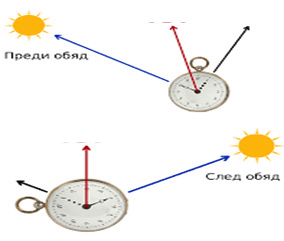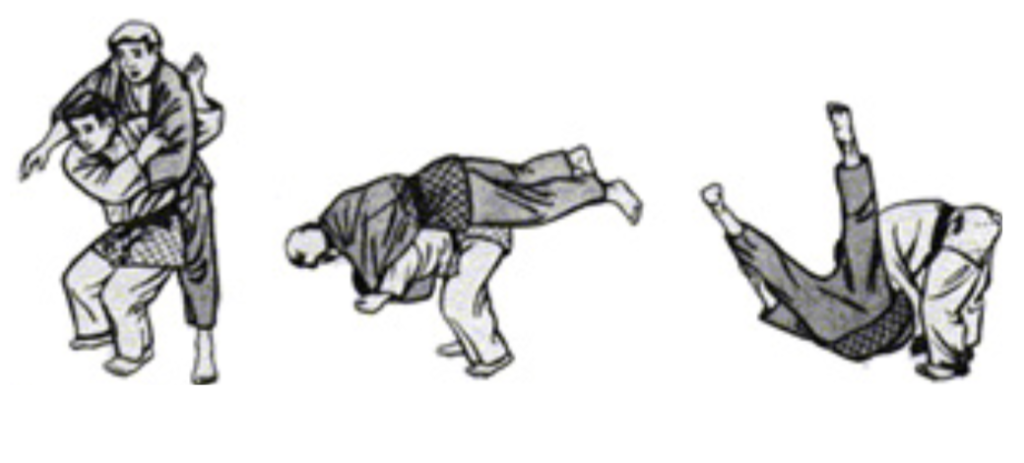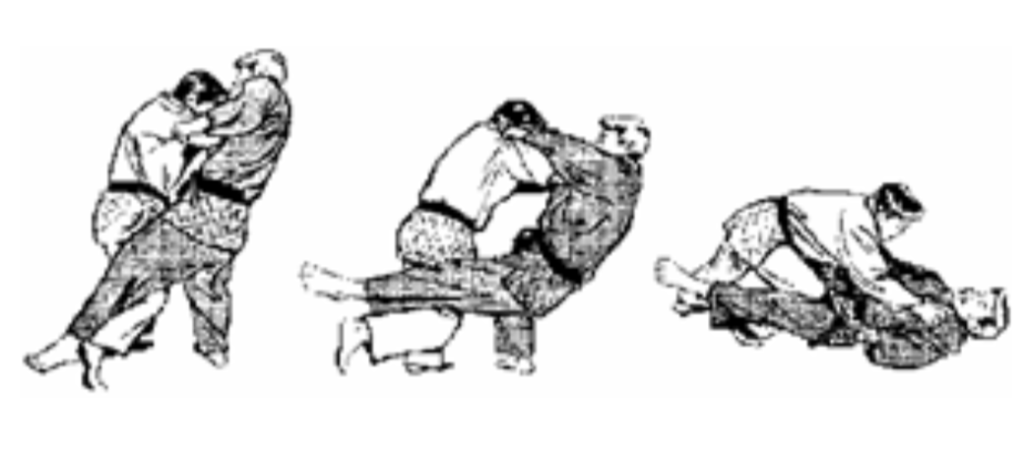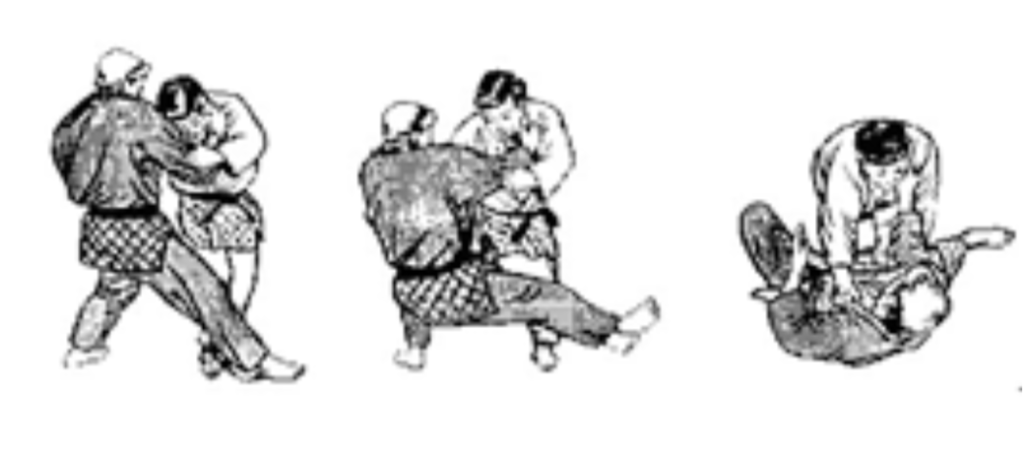Cricket in the first high school stage (grades 9-11)
In this educational stage, as a whole, tasks are set for improvement and consolidation of the acquired knowledge and skills in cricket, as well as:
- Deepening of knowledge and improvement of sports technique and cricket tactics
- Improving the physical fitness and harmony of the physique through the methods and means of cricket sports
- Formation of ability for self-assessment of achievements and group work
- Achieving personal motivation for regular cricket leisure activities
Subject: Associate the name of the competitor's position with his functions.
| Athlete's position | Function |
|---|---|
| Batsman | The player who throws the ball to the batsmen. The throw is a right hand over the shoulder to the battery, and its purpose is to take it out of play. Each player on the team in defense (fielder) can be a bowler. |
| Bowler | The player who scores points by hitting the ball and running the distance between the two wickets or after the ball hit by him leaves the readings on the playing field. |
| Wicketkiper | Each competitor located in the field. The purpose of the fielders is to limit the points of the batsmen or to burn one of them by catching the hit ball or knocking down one wicket if the batteries run between the wickets. |
| Fielder | The player who stands behind the wicket and stops the ball if the battery misses it or catches it before the ball touches the ground after it has touched the bat. |
Subject: Match the options for scoring points in the sport of cricket with the corresponding number of points.
| Option to mark points | Points |
|---|---|
| Wicket mileage is counted when the two batsmen swap places, which brings | 6 points |
| When the ball leaves the outline of the playing field in the air after hitting it, before it touches the court, it carries | 4 points |
| If the ball has left the outline on the ground or has touched the ground before leaving the outline, | 1 point |
Tourism and orienteering
For this educational stage, the educational content of the additional core “Tourism” is aimed at mastering the technique in one of the sports related to tourism, orienteering and skiing. As a result of the training, the student must:
1. Has knowledge and skills for organizing and participating in multi-day hikes and other tourist events, as an important condition for active recreation and a healthy lifestyle.
2. Masters the basic sports technique of orienteering.
3. Masters the basic sports technique of alpine skiing and cross-country skiing.
4. Masters the basic technique of sport (competitive) climbing (optional in schools where there are artificial climbing walls).
5. Uses basic methods of first aid and mountain rescue. The forms for conducting the tourist activity that we envisage are:
- Excursions and hikes with elements of orienteering, camping, survival skills in extreme situations and more.
- Climbing mountain peaks through the predominant use of alpine methods
- Two - and three day treks with camping in different places
- Ski camps
- Mountain rescue and pre-medical training
- Racing games.
ORIENTATION
Topic: Determining directions without a compass
If you do not have a compass, you can determine the directions of the world with the help of a clock. Which direction is the beam of the image colored in red? ……………………………….

Subject: Orientation questions
1. A group of children go to a camp with tents by the river. One morning they set out for the northeast to reach a nearby lake. In what direction do they have to move to return to the camp in the evening? ………………………………………………………………………………… ..
2. If you stand with your back to the North Star, in which direction will you look? ………………………………………………………………………………….
3. What is the difference between a topographic map and a road map? (mark the correct one, in your opinion)
A. The presence of topographic lines and geographical forms;
B. The color;
C. The size of the card.
Judo
At this stage of the educational system the main goals in the practice of judo are:
- Strengthening knowledge and skills about the detention techniques practiced so far;
- Strengthening knowledge and skills about the throwing techniques practiced so far;
- Mastering additional techniques contained in the 6th kyu;
- Coverage of the 6th kyu;
- Mastering additional throwing and holding techniques contained in the 5th cue;
- Covering the 5th cue.
Subject: What is O Goshi (Note what you think is true)
A. Large pelvic throw
B. Training mannequin
C. Retention technique
Subject: What is needed to protect ourselves and our partner from injury? (Describe)
……………………………………………………………………..
……………………………………………………………………..
……………………………………………………………………..
Subject: What are the techniques? (write the terms and translate into Bulgarian)

…………………………………………………………….

…………………………………………………………….

…………………………………………………………….
Health education
Subject: What functions does the skin perform in humans?
(fence the right - A, B, C or D)
1. Separating and protective;
2. Blood tank;
3. Sensory and thermoregulatory;
4. Auxiliary diagnostic tool.
Answers: A. 1 and 2; B. 1, 2 and 3; B. 3 and 4; D. all are true
Subject: The musculoskeletal system performs the following functions:
1. Motor
2. protective
3. nourishing
4. Support
Answers: A. 1 and 2; B. 1 and 3; B. 1, 2 and 4; D. 2, 3 and 4
Subject: The back muscles include:
1. Anterior dentate muscle;
2. Deltoid;
3. wide back muscle;
4. Trapezoidal Answers:
A. 1 and 2; B. 1, 2 and 4; B. 2 and 3; D. 3 and 4.
Subject: Pre-medical care test (fence the correct number)
Questions
When performing artificially
breathing is necessary
1. the victim should be seated, head tilted back
2. to place the victim on his back, to raise his head
3. the victim should be placed on his back, the head should be tilted back, a pile of clothes should be placed under the shoulder blades
4. the actions to start immediately, regardless of the situation of the victim
Indirect massage
the heart is made
1. in all cases when the victim is unconscious
2. when there is no pulse
3. when there is no breathing
4. when the victim is immobile and does not react
In case of breakage of
the femur is immobilized
1. the knee joint
2. the hip joint
3. the ankle and the knee
4. two joints adjacent to the broken bone
In case of bleeding from
the victim's nose is placed
1. in a sitting position or standing upright
2. in a supine position
3. in a bent position
4. the position of the body is irrelevant
The presence of a pulse is checked
1. of the carotid arteries of the neck and of the radial artery of the wrist
2. on the vein of the elbow joint
3. on the chest in the area of the heart
4. on the chest in the left half
In case of clinical death, first aid is provided as follows
1. first artificial respiration is performed, then heart massage
2. first a heart massage is performed, then artificial respiration
3. only artificial respiration or only heart massage is performed
4. Simultaneously with the artificial respiration, a heart massage is performed








